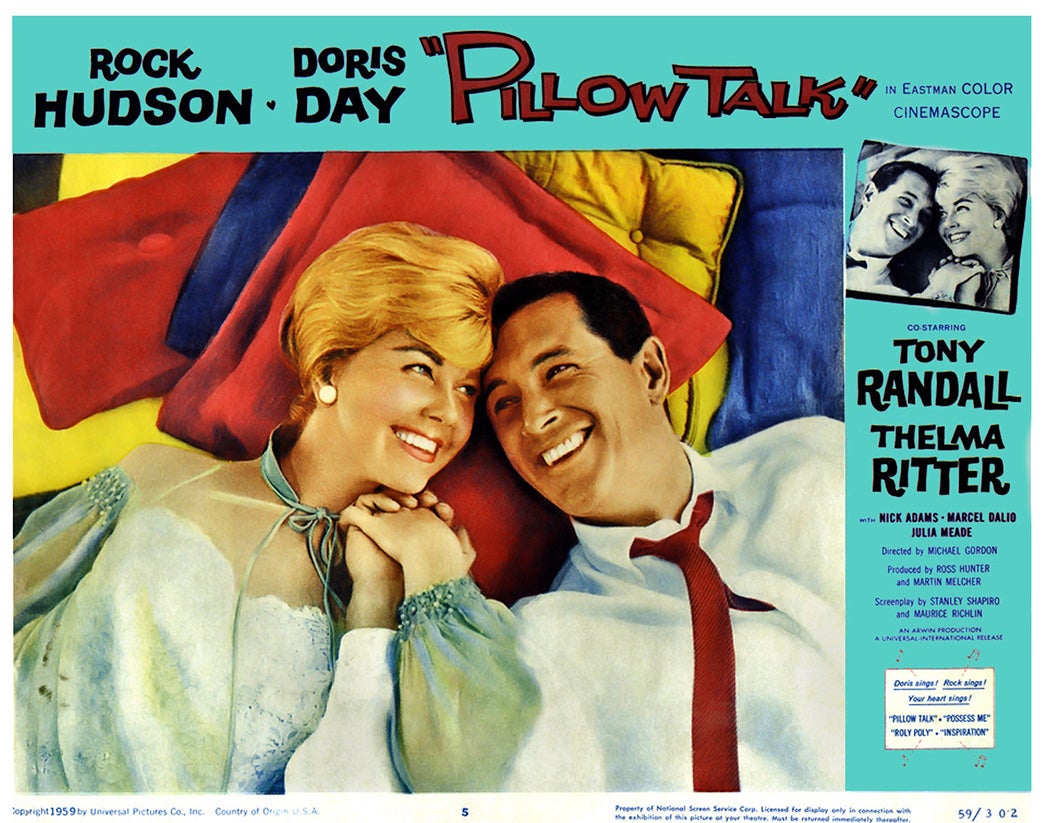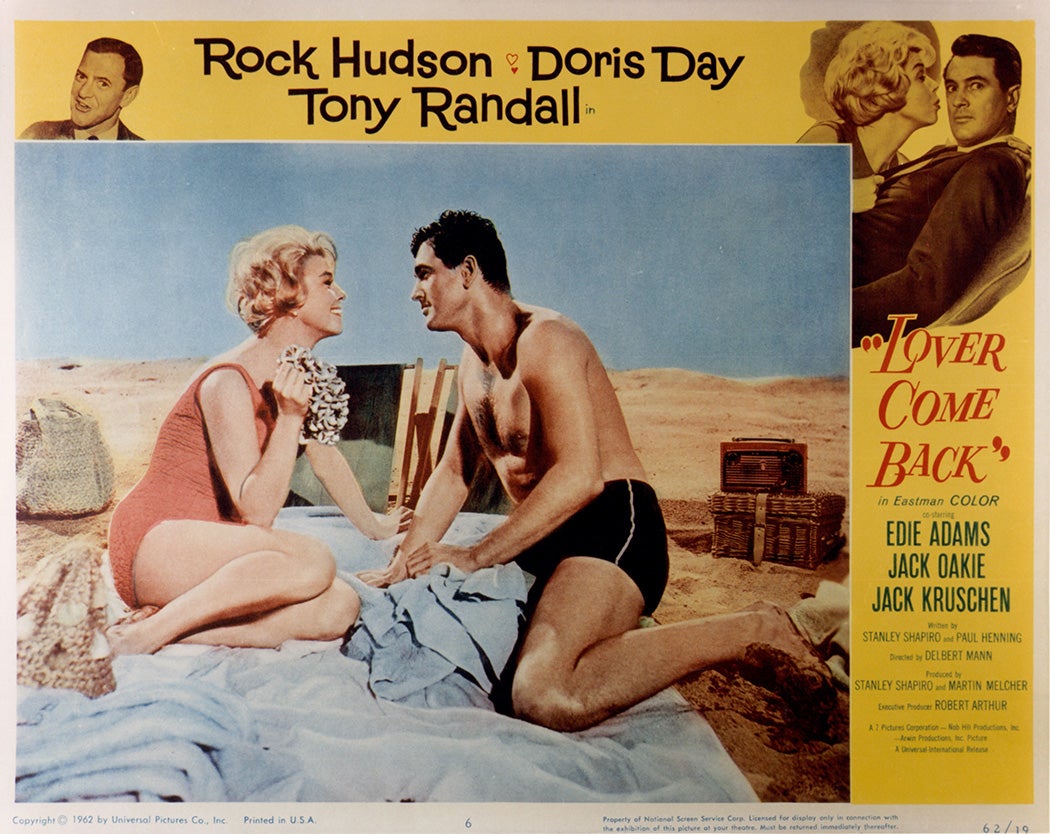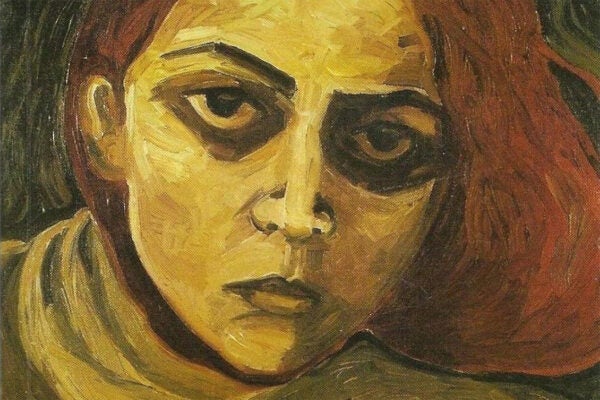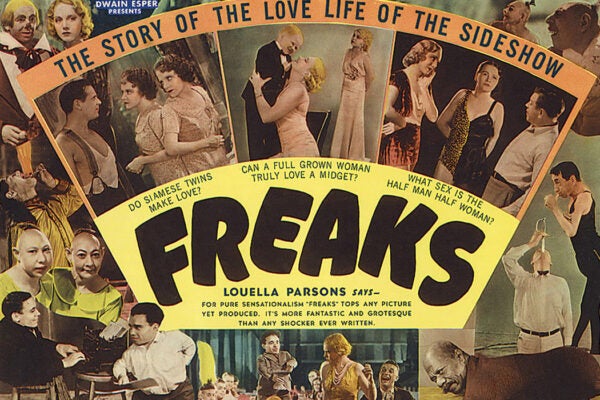I was about six years old when my grandmother introduced me to my first Doris Day movie, Calamity Jane, on VHS. Made in 1953, Calamity Jane is loosely based on the life of Wild West legend Martha Jane Canary Burke. The movie sought to capitalize on the success of Annie Get Your Gun (1950), which featured another straight-shooting female lead from the Wild West. Moviegoers in the early 50s were clamoring for strong female characters, unaware that young girls might still be watching their same movies decades later, in the early 90s, for the same reason.
My grandmother and I bonded over Doris Day films. Although we didn’t live close to one another, whenever we got on the phone, we’d talk about a new movie that I’d seen and that she remembered. I wonder now, what did Doris Day mean to her when she was young, going to the movies in the theaters? What did she originally think of Calamity Jane?
Weekly Newsletter
Many people consider Day to be an inoffensive girl next door—virginal, blonde, perhaps a little boring. In Calamity Jane, however, Day carries a gun, firing it at will, even inside the local saloon (where she orders sarsaparilla, but in a tough voice that belies the fact that she’s ordering a soft drink). She wears buckskin pants and a jacket, which frequently causes others to mistake her for a man. She laughs and talks as loudly as she wants. Essentially, she is a stark contrast to every other woman in the film. The Deadwood men offer her a certain amount of respect, grudging though it may be.
There’s more to it than that, of course. There is a love story between Jane and Bill Hickok, played by Howard Keel. There is also a story of friendship between Jane and Katie, a woman who comes to town impersonating a famous entertainer. The two appear to be the only single women in town, and become roommates and fast friends, with Katie ostensibly teaching Jane how to appear more feminine, part of a plan to woo her secret love. The femininity only sort of takes. The movie ends, predictably enough for an early 1950s musical, with a double wedding.
I knew then, as a very young girl, that I liked Day’s spunky, can-do personality and jaunty independence, though I doubt I would have been able to put that into words. Perhaps that’s why I never fully embraced her later movies, like Pillow Talk, Lover Come Back, and Send Me No Flowers, all with Rock Hudson, which are better known. They didn’t give me the same feeling of female freedom.
These later movies are often called her “sex comedies,” but the joke is that no one was having any, much to the chagrin of whatever leading man was trying to seduce Day. Her image in these movies was often seen as “goody two shoes,” a woman who wanted to be married before hopping into bed—a plot that failed to work as the sixties unfolded and cultural views on sexual morality shifted.

But was there more to these seemingly shallow plots than meets the eye? Could the movies have managed to do two things at the same time? The film scholar Dennis Bingham, writing for Cinema Journal in 2006, seems to think so:
Long-lasting star personas generally manage to contain their share of contradictions, or to put it differently: they allow both conservative and progressive meanings… Day’s career can be seen historically as embodying the conservative in the Warner Bros. period, with its nostalgic family musicals and tomboy and girl-next-door characters, and the progressive in the transitional period, which established her in roles of independent career women and wives who held their own with established male stars. In the sex comedies, however, the two collide, making the resulting persona often hard to read.
As a young girl, watching Day’s movies in no particular order, it was harder for me to see a shift in the types of movies she did. I wasn’t looking for a misstep, for her to let me down as a woman, so if she did that, in a musical or a movie with Rock Hudson, I would have missed it. Still, Bingham’s reading implies that we don’t need to take Day’s characters in the musicals seriously. But if we remove the implied boy from the “girl next door” narrative, we’re often left only with a young girl, usually a nice one, in Day’s case, often a funny one, which doesn’t seem like such a bad thing. It glosses over roles that don’t fit into this neat framework—Day’s character in April in Paris, for example, plays a gritty chorus girl who creates havoc as an accidental diplomatic representative of the arts. If what we mean by “girl next door” is a bland, inoffensive person, this character is a girl next door to no one. Bingham continues:
Criticism that dismisses Day as sexless or as marriage bait does not hold up to the most casual viewing of the films. These are the ultimate comedies of masculine hubris, in which a trickster male at last meets the mark who shows him how shallow his life has been… In sinking to the bottom of his character—tricking a woman by seeming to be someone he’s not—the wolf discovers a better man, the one he’s been pretending to be. Through him, he finds he likes being loved, and by a woman who is at least his equal. The rootless playboy is ready for marriage in the fade-out. The question begged by these films is whether the heroine, who has been no more in search of a spouse than the man has, wants to give up her independent life at the altar, and indeed how much of it she will give up.
While this is certainly true of the “sex comedies,” it’s also true in some of the musicals. April in Paris pairs up Day with Ray Bolger (perhaps most known for his role as Scarecrow in The Wizard of Oz), but though he’s a politician, with her intense independence, it’s hard to imagine her giving up her career. After all, it’s that independence that attracted Bolger in the first place.
I have to wonder how this idea of female strength and independence hit my grandmother, who was born in 1935, and her contemporaries, who made up a large swathe of Doris Day’s fans. For the most part, they were born during the Great Depression, coming of age during World War II. Many of them watched their mothers go to work, sacrificing for their families as their fathers went off to war, only to be relieved of any duties outside the home once the war was over. It must have been a befuddling time to become a woman.
Molly Haskell, a feminist film critic born in 1939, is one of the women who saw Doris Day on the big screen, just as she was figuring out her own identity. She writes for Film Comment’s Guilty Pleasures column about some of the movies and actors that shaped her, including Doris Day. “Doris Day was always so much better—both more talented and generally more interesting—than the insipid goody-two-shoes image popularized by her detractors,” she writes. Like me, she found something to emulate watching Day take on the Wild West. “For me, the transitional movie, as together we made the passage from tomboy to boy crazy, was Calamity Jane. Calamity wears pants, talks tough, shoots straight… Day wasn’t just some reassuring ‘girl next door’ for me.”

When I look back at some of the “nostalgic family musicals” of the 1950s, I also see more than just the girl next door. In By the Light of the Silvery Moon (a sequel to On Moonlight Bay, and one of several movies she did with Gordon MacRae), her character, Marjorie, is first seen underneath a car, fixing it, having worked with the local mechanic during WWI (while her fiancé was at war). He returns early on in the movie and they make plans to get married, but he wants to have more money first. “We’d only have to wait half as long if I had a job and was saving along with you,” she says, kicking off a fight with her very traditional fiancé, who says: “I intend on becoming a capable provider, a good husband and a father without any help from you.” Though the plot leads to taking out a loan instead of sending Marjorie to work, the idea that women couldn’t contribute by working is intended to elicit a laugh—a remnant from a bygone era.
Work, and the life it was shown to create, was not without some glamour. Take this exchange from Pillow Talk, a conversation between Day’s character, Jan, and her maid Alma:
ALMA: If there’s anything worse than a woman living alone, it’s a woman saying she likes it.
JAN: Well, I do like it. I have a good job, a lovely apartment. I go out with very nice men to the best places. The theater. The finest restaurants. What am I missing?
ALMA: If you have to ask, believe me, you’re missing it.
As Bingham puts it:
This fifties film might assume that a single woman’s unhappiness is such a given that it needs no proof or explanation. However, in embellishing the evolved Doris Day image with the finishing touches of a chic apartment, an exciting job, and a smashing wardrobe, the film boxes itself into the rich fantasy of female independence, mobility, and comfort that it has so lushly created.
Certainly, with conniving men, like those Day’s character encounters, it’s forgivable to wonder why she wouldn’t want to remain single, even as she rides into the sunset with a reformed groom.
It wasn’t that Day’s characters were against meeting a romantic partner—in fact, most were enthusiastic about it when it arose—it just wasn’t their reason for being. Most of her characters got right on with life, not seeing it as incomplete without a husband—an idea which was still quite revolutionary at the time. Day’s characters had all of the trappings of a satisfying life, but it mattered that she played them. She brought a forthright, cheerful, and spunky quality to so many of her roles, giving her fans something to emulate, even if they didn’t have all the accessories. As the late film critic Jay Carr wrote for Turner Classic Movies: “There have been lots of pretty blondes, but few Doris Days. Her young female fans didn’t just want to watch her and listen to her. They wanted to be her.”
Day certainly had her critics, at the height of her fame as well as now. She was too happy-go-lucky, too straight-laced, too wholesome to be taken seriously. But not taking take Doris Day seriously is also not to take her legacy seriously—a generation of people, especially young girls, who found something to imitate, something to look up to, in her performances.
Doris Day and my grandmother both passed away in 2019. So many of my contemporaries will likely remain unaware that Day provided our grandmothers with a vision of what their own lives could be—lives that directly influenced the kinds of lives we ourselves would lead.
In her memoir, Doris Day: Her Own Story, she revealed that Calamity Jane was her favorite movie she’d made, because the character was the closest to who she really was. Perhaps there is a reason why that 1953 musical stayed with so many, including Molly Haskell and I. Perhaps there was a reason why my grandmother chose that one for my introduction to a star she loved. At a time when women were frequently expected to have dinner on the table and a cold martini ready when their husband came home, Calamity was defending a stagecoach and going to Chicago herself to bring quality entertainment to Deadwood. When Bill Hickok questioned her, she shot a drink out of his hand. In that moment, and in so many others in Calamity Jane, no matter what else she was, she was someone to be taken seriously.







